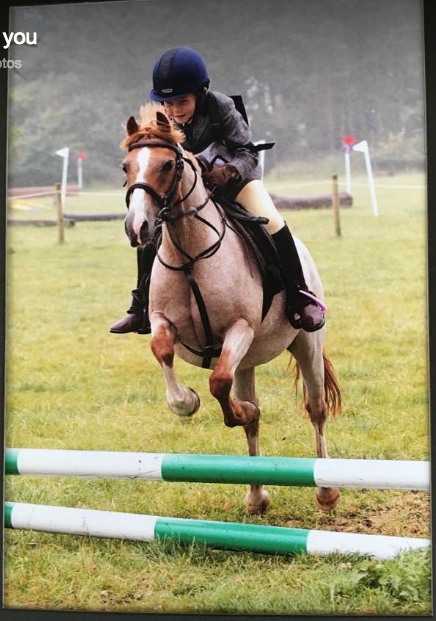

Itchy horse
How to help itchy horses
British summers bring a myriad of flies along with the warmer weather that can cause irritation to many of our equine friends. Seasonal itching caused by fly bites effects 5% of UK horses and ponies. The biggest culprit is caused by an allergic reaction to the saliva of culicoide midges.
In these instances the itching can cause excessive rubbing resulting in flaky and thickening of the skin, the loss of mane and tail, bald patches and in severe cases damage to the skin causing sore open wounds. As there is no cure for allergic reactions it’s more a case a management and prevention.
Culicoide midges are poor flyers so keeping horses in an area with good air flow by providing fans in stables and grazing them in open paddocks on hill sides or costal areas where there is a stiff breeze can be beneficial. Chalk based grassland is ideal as they also like to breed in areas of damp mud and rotting vegetation so areas with stagnant water is also best avoided but chalk based grassland is less ideal for a breeding ground.
Wearing a face mask and full fly rug along with a good fly and midge repellent will help to limit access and prevent the midges from biting as well as also deterring other types of fly. A film of oil on the coat can also help as this can prevent them from being able to get to the skin.
Midges also prefer milder temperatures (not too hot or too cold) and the twilight, so they are more prevalent during dawn and dusk so it is best to keep sensitive horses in during this time. It should also be taken into account that although they prefer these times, due to their poor ability to fly they will come out to feed later in the day if there is heavy rain or wind.
You can help to provide relief by suppressing the immune response, providing an anti-inflammatory to reduce the inflammation, Cooling the effected area and providing topical applications to sooth the skin, Detoxing and cleansing the system to help prevent the build up and to remove the ‘toxins’ is also advised.
Itchy legs can be caused by a number of things. They can stamp their feet, scratch their legs with the opposite limb or bite legs which can in turn cause a secondary infection. It’s important to identify the underlying cause and irradicate it
Bacterial and fungal infections are caused when bacteria that is usually on the skin (and harmless) gets under the skin where it is warm moist and ther is plenty of food for it to breed. Bacterial and fungal skin problems such as mud fever / rain scald when its not on the legs or ringworm can then start a perpetual cycle of self-inflicted trauma so breaking the cycle is important.
Bacteria and fungal infections thrive in wet muddy conditions and deep soiled bedding. Where possible its best to keep horses prone to these issues in well drained paddocks and fence off muddy gate ways to avoid prolonged contact to these conditions as well as providing clean dry bedding. Excessive sweating under rugs and tack should also be avoided by making sure they are appropriately rugged and or clipped. Constantly washing the limbs without fully drying them can also lead to ideal conditions for bacterial and fungal infections. Avoiding incorrectly fitting boots and bandages that can chaff or rub should be avoided as this can lead to skin trauma, letting bacteria under the skin. Helping to boost the immune system can help the horse to fight the infection. Along with removing the scabs and washing with a mild disinfectant or medicated shampoo and making sure they are kept completely dry along with the use of anti-biotics and anti-fungal creams.
Lice tend to be primarily a winter concern where they find the dense thicker coat easier to hide in. They are about 2 – 3mm long and are light brown in colour and can usually be seen hiding under the mane and tail. They come in two types blood sucking or biting. Mites are too small to see with the naked eye and they like to burrow under the skin causing irritation. They both have a 14 day cycle of hatching from eggs to adult. Lice tend to prefer horses with a suppressed immune system so tend to be found on young or old horses but will spread to other horses in a herd environment.
Lice symptoms include a dull coat, patches of bare or raw skin and matted hair. In some cases it can cause decreased muscle tone and anaemia. Mites burrow under the skin and the irritation can cause secondary trauma or even infection whilst the horse tries to relieve its discomfort.
Boosting their immune system can help make them less desirable to an infestation. A good hygiene routine making sure rugs, tack and grooming equipment are regularly cleaned along with regular grooming can prevent them from becoming established. Making sure any new introductions are thoroughly checked over to prevent them being passed onto the rest of your herd. When dealing with an infestation it is best to clip the coat/ feathers to remove the mites / lice environment and allow easy access to them, this includes removing other environments that can harbour them such as bedding, rugs and brushes. Steam cleaning stables and equipment or using special shampoos at a 2 weekly interval. Blood sucking lice can be treated using some wormers. Other types of lice and mites can be treated with special shampoos and powders bearing in mind the life cycle this should be repeated after a couple of weeks. Sulphur can also damage lice eggs and oil can trap the lice.













